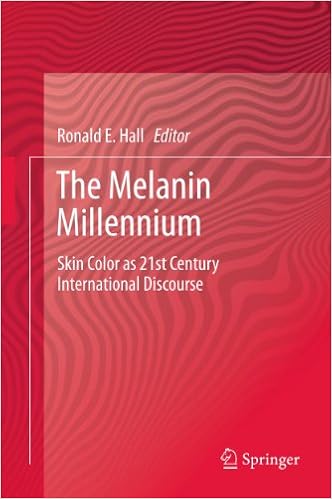The Difficulty of Defining “mixed-race”Posted in Excerpts/Quotes, United Kingdom on 2013-03-15 20:01Z by Steven |
The very definition of a “mixed-race” society is fraught with difficulty, and this is one of the problems of acknowledgement, even in Liverpool. All the current terms are inadequate: The term “half-caste” has long been discredited, but even newer terms; “mixed-race” and “dual heritage” have their own problems. “Dual heritage” suggests a child living with the supposed ‘dilemma’ of each parent having a different culture or background. This may not be the case in many Liverpool children with both European and African genes, as any intermarriage may have taken place generations ago. Thus, a child who appears to have 50/50 genes may not have one black and one white parent, but could be the product of a community which became a distinct multi-racial community literally centuries ago, just as Mexicans and many Central and South Americans have now evolved from being considered half Native American (or ‘Indian’, as they were wrongly called) and half Spanish to distinct ethnic identities…
Dr. Ray Costello. “The Liverpool-Born Black Community,” Diverse Magazine. 2009.


